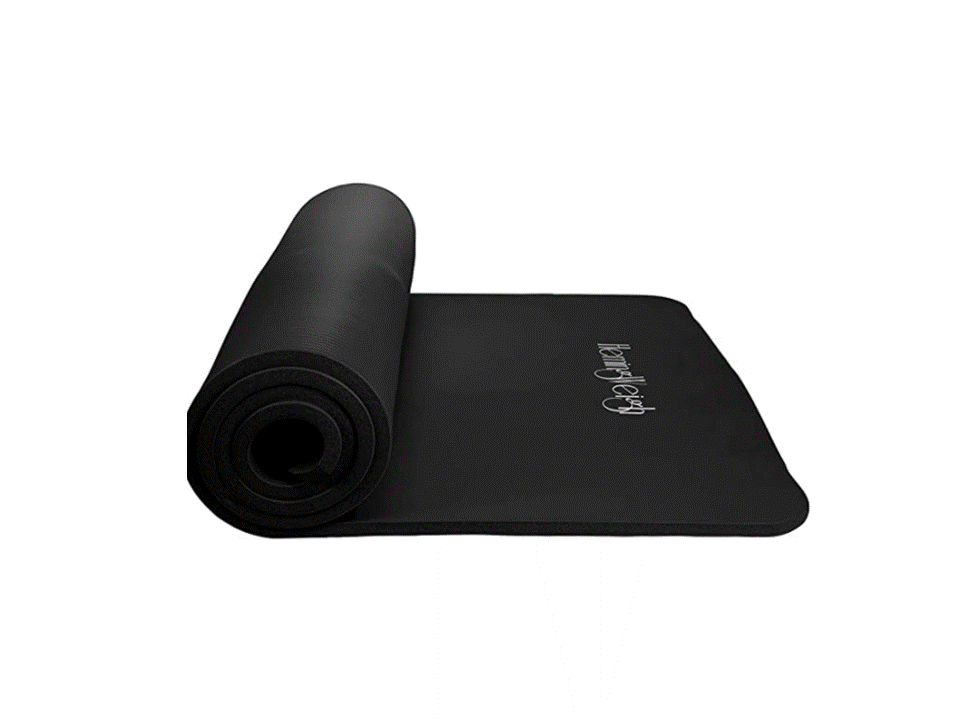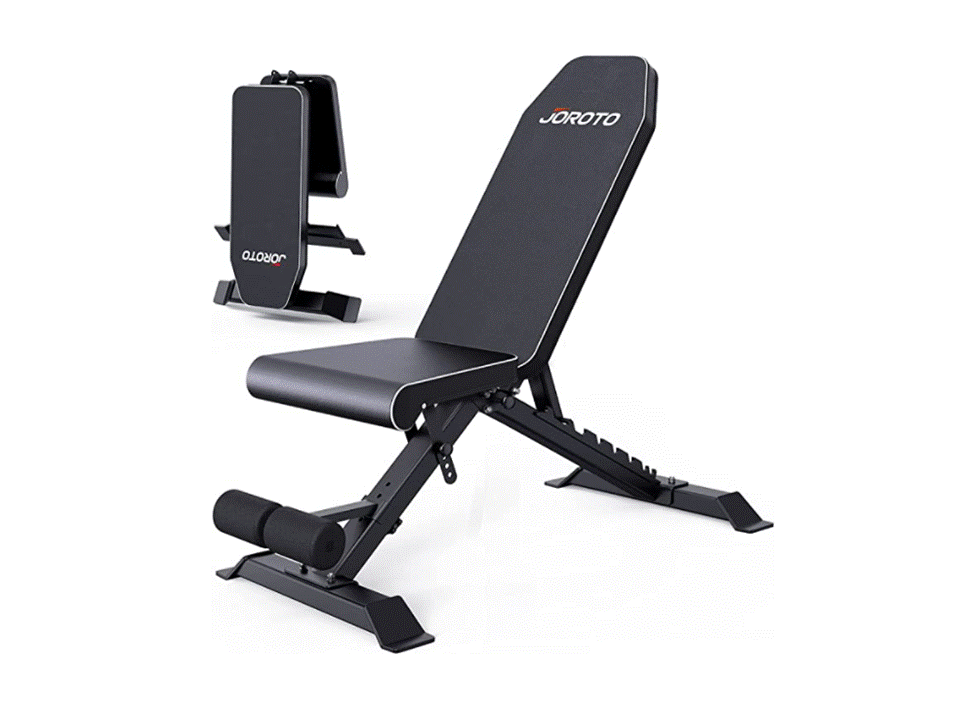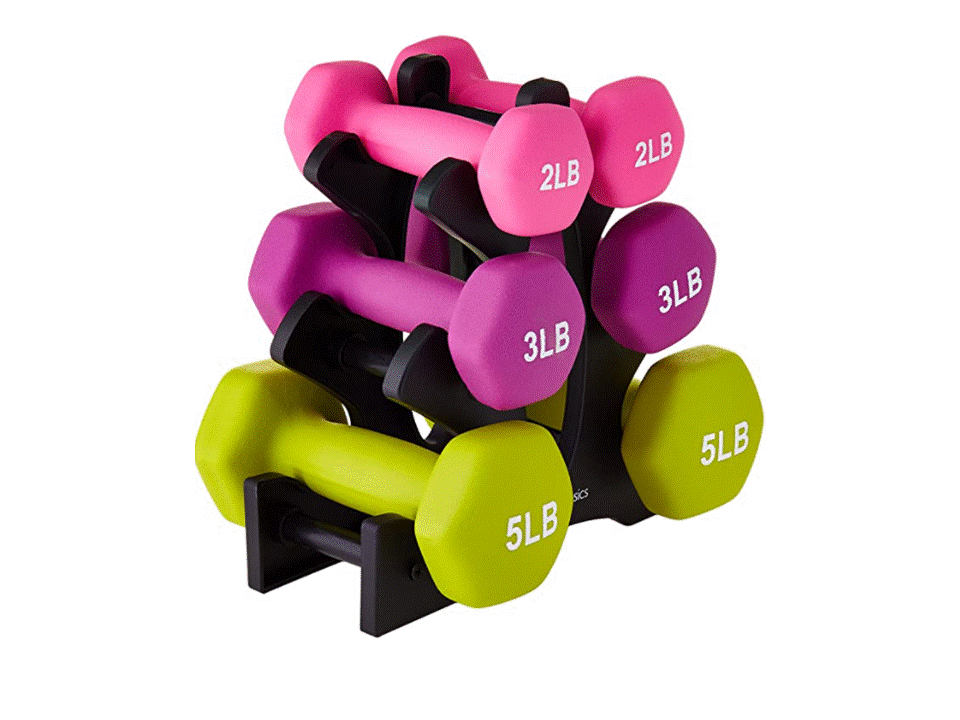Universal Yoga, both Meditation and Wellness: a sport that suits everyone
- Gil Peleg

- Sep 1, 2021
- 7 min read
Updated: Jul 4, 2022
In this article, we will discuss versatile Yoga and answer several interesting questions: What is the history of the birth of Yoga? What is Jain Yoga? What is the Parkasha Dahiana Yoga technique? What is Self-Awareness Relaxation? What is Buddhist Yoga? What are the classic trends in Hindu Yoga? What are the methods of slowing down in Yoga?
What is the history of the birth of Yoga?

The history of the origin of yoga is mysterious and obscured, there is no consensus about the chronology or its origin, except yoga, which developed in ancient India. There are usually two types of theories about the origins of yoga. The linear model claims that yoga is of Aryan origin when the name was originally given to people who spoke an archaic Indo-European language and settled in prehistoric times in ancient Iran and the northern Indian subcontinent. According to the hypothesis, they are probably light-skinned Aryans who invaded Ancient India from the north. In addition to the linear model, yoga is reflected in the corpus of Vedic texts and is influenced by Buddhism; This model is mainly supported by Hindu scholars. The synthesis model states that yoga is a union of local, non-Aryan practices, but with Aryan elements; This model is preferred in Western schools. Pre-philosophical hypotheses of yoga began to emerge in the early period of the first half of the first millennium BC. Many yoga traditions developed during the Middle Ages. Yoga attracted the attention of the educated Western public in the mid-19th century, along with other subjects of Indian philosophy. The name yoga has a mystical and spiritual meaning, originating in India. The meaning of the word yoga in translation from Sanskrit means "to unite" or "Yoke of cattle". This term is used to bridge or unite a person with another deity or spirit entity. According to yoga philosophy, in this state we connect with the spiritual worlds, according to yoga - those who experience eternal peace are called "Samadhi". It is a physical and spiritual journey that aims to calm the vibrations of consciousness, and thanks to it, the practitioner receives the tools to cope with his personal difficulties. Yoga is also the name of one of six traditional movements in Hindu philosophy that recognize the Vedas as the supreme authority.
What is Jain Yoga?

Yoga "Jainism" strives for self-realization in a pure state of mind. This direction of yoga is combined with three religious principles - correct vision, correct knowledge, and correct behavior. As a result, it is not common among those who do not practice the Jain religion. Yoga in Jainism is mentioned in the earliest texts of Jaina with a description of karma, which means the mechanics of routine actions and the connection between cause and effect, it is also the central motive of Jainism. According to which the actions performed by a person and his intentions affect the course of his life. Actions that are performed intentionally cause the accumulation of karma, as opposed to actions that are performed unintentionally, leaving the karma unchanged. Whereas, karma is not necessarily limited to a person's current life, but can also affect his next incarnation. The word yoga in all Indian religions is associated with spiritual practices of ethical restraint, prayer, and meditation. During the medieval period, many writers used the term yoga to refer to Jane's spiritual practice. In modern times, a form of Jane yoga has emerged known as "Parkasha Dahiana". This practice includes familiar postures and breathing exercises, well known for the globalization of yoga.
What is the Parkasha Dahiana Yoga technique?
It is a meditation technique for changing attitudes towards life and integrating personality development. Based on the wisdom of ancient philosophy and formulated in terms of modern scientific concepts. The goal is to establish kindness, peace, and happiness in the world by eradicating animal impulses such as cruelty, revenge, and hatred. Promotes an increase in physical, nervous, and spiritual energy. On a physical level, it helps every cell in the body to regenerate, facilitating digestion; Makes breathing more efficient, and improves blood circulation. At the mental level, it becomes an applied method of training the brain, which makes it concentrate; It also promotes the treatment of severe psychosomatic diseases without drugs; It is an effective remedy against addictions and other bad habits. It gives strength to control the brain and frees from external influences that make a person lose self-control. The main goal of the practice is to clear the mental state of the brain, which is suffocating from external influences, emotions, and desires. When the mind is calm, a pure soul automatically appears.
What is Self-Awareness Relaxation?

Physical movement, speech, and mental functions are the three activities of our body. One aspect of meditation practice is to reduce or completely stop each of these activities. To achieve this goal, the practice of "Kyutsarga" loosely translated means giving up the body along with a high level of consciousness. In practice, this is a deliberate suspension of all body movements, leading to relaxation of all muscles and a sharp decrease in metabolic activity. This physical condition relieves mental stress and is a prerequisite for the practice of meditation. Thus, this becomes the first stage of the practice of Parkasha Dahiana for a few minutes, when the practice is a cure for psychosomatic diseases caused by stress. Spiritually, in this process of practice, the lifeless body is eliminated, while the ascending consciousness is freed from the sheath of severity and is beyond it. According to the "Kyutsarga" method, one should choose a convenient place for practice; The lotus position is ideal for this, but other positions are acceptable; It is necessary to keep the spine, neck, and head in a straight line, without causing tension; One must use a yoga mat to lie on the ground; Relaxation begins with a complete cessation of movement, when breathing and relaxation are intertwined, if breathing is shallow, hasty and irregular, it should be regulated until it becomes even, slow and rhythmic. Then a self-assessment is performed on each muscle in each part of the body to relax; The body is in complete immobility; The brain needs to be allowed to move in small steps, not forced by strong willpower. When the whole body relaxes, there is a real feeling of rest, a real experience. At this moment, the body is thrown away and forgotten from the material "I".
What is Buddhist Yoga?
Buddhist yoga encompasses a wide range of techniques to develop virtues or core qualities known as the 37 means of awakening, also known as "Nirvana" or detoxification, which are traditionally seen as the permanent cessation of the suffering of "Dokha" upon rebirth. Buddhist meditation has the primary goal of developing attention, concentration, calmness, and understanding. The basic techniques were preserved in ancient Buddhist texts and spread through transmission from teacher to student in different variations. Buddhists meditate hard to attain Nirvana.
What are the classic trends in Hindu Yoga?
These are the four main currents in yoga, we will briefly consider them: "Raja-Yoga", which means "classical yoga" or "King of Yoga"; "Bhakti-Yoga" means "the path of devotion" through love for the Supreme, includes more spiritual ways of meditation with or without recitation of mantras or silence; "Karma-Yoga", which means right action. Its purpose is to allow freeing oneself from self-centeredness; "Jane-Yoga" means a way of thinking, a rational way.
What are the methods of slowing down in Yoga?
Slowdowns in Yoga are methods of physical discipline, there are several directions, and here is a short explanation of each: "Vinyasa-Yoga" - works with a sequential process, the emphasis is not on the integrity of the posture, but on the practice of posture according to the abilities and needs of the practitioner. An important aspect of this approach is the integration of breathing in coordination with body movements; "Yoga - Iyengar" - is distinguished by precise execution of poses and emphasizes auxiliary elements in various accessories. The method claims that body alignment has medical benefits; "Yoga Ashtanga Vinyasa" - consists of a fixed series of sequences of postures, is an energetic method, and consists of several series; "Sivananda -Yoga" - emphasizes five principles: correct practice, correct breathing, correct relaxation, correct thinking, and correct nutrition; "Bikram Yoga" - performed in a room heated to forty degrees Celsius, and includes a series of twenty-six postures and two breathing exercises, each posture is performed twice. The sequence is designed so that each pose systematically stretches and strengthens the muscle, ligament, and joint groups required for the next pose. This combination creates a process of meditation in motion; Vijnana -Yoga means to understand from within the seven principles that guide training, namely: relaxation of the body; calming the mind; concentration through intention; rooting, connection; expansion and awareness of breathing; "Tantra- Yoga" - focuses on cleansing energy channels, prepares the body for awakening and guides the practitioner to turn everything into a spiritual practice.
With what equipment is it recommended to practice at home?
Using a yoga mat, abdominal muscles can be improved; Training weights are to improve muscle strength; Using an adjustable strength bench can strengthen chest muscles by lifting weights; A free-standing punching bag is a perfect solution for punching and kicking improvement at home ... Below is a list of recommended equipment for home exercise:
Home training is recommended to be performed under the supervision of a certified trainer. It is recommended to avoid exercising alone at home!
Cardiopulmonary endurance:
To improve cardiopulmonary endurance, it is recommended to take brisk walks, combined with running, to increase and decrease the pace. These runs can be done outdoors, on the coast, on a Treadmill, or on a Home spinning bike. Recommended: Wear suitable shoes while running, and document and monitor your calorie burn and heart rate with your Smartwatch. Also, with the help of this it is very easy to see improvements in cardiopulmonary endurance, In fact, all your actions are recorded using a computer, and there is a training history. The following is a list of recommended personal equipment for home workouts, for developing cardiopulmonary endurance, and for monitoring and controlling progress:
Home training is recommended to be performed under the supervision of a certified trainer. It is recommended to avoid exercising alone at home!
Summary of an article on versatile Yoga
In this article, we looked at several topics related to yoga, it turned out that it is a versatile sport that greatly affects the body and mind; Yoga has an interesting birth story with many question marks; It turned out that there are many different directions in yoga with completely different methods of training and meditation; In addition, there are new and advanced schools that are based on the same principle of tranquility, but develop the subject of meditation is completely different philosophical and practical directions from each other.
The article by - Gil Peleg.
Dear friends, I invite you to read more about applicable Self-Defense in our Group below:
Dear friends, SUBSCRIBE to the Fitness Warriors Club's blogs page, and be the first to read new articles on the issues of Self-Defense:
Amazon's affiliate program - Fitness Warriors Club is participating in Amazon's affiliate program through the Website & through professional blogs where there are links to products marketed on Amazon. Fitness Warriors Club is not responsible for any economic and operational activities related to this program as for the refund of any payments regarding this program. All these issues will be settled with Amazon.


















Comments